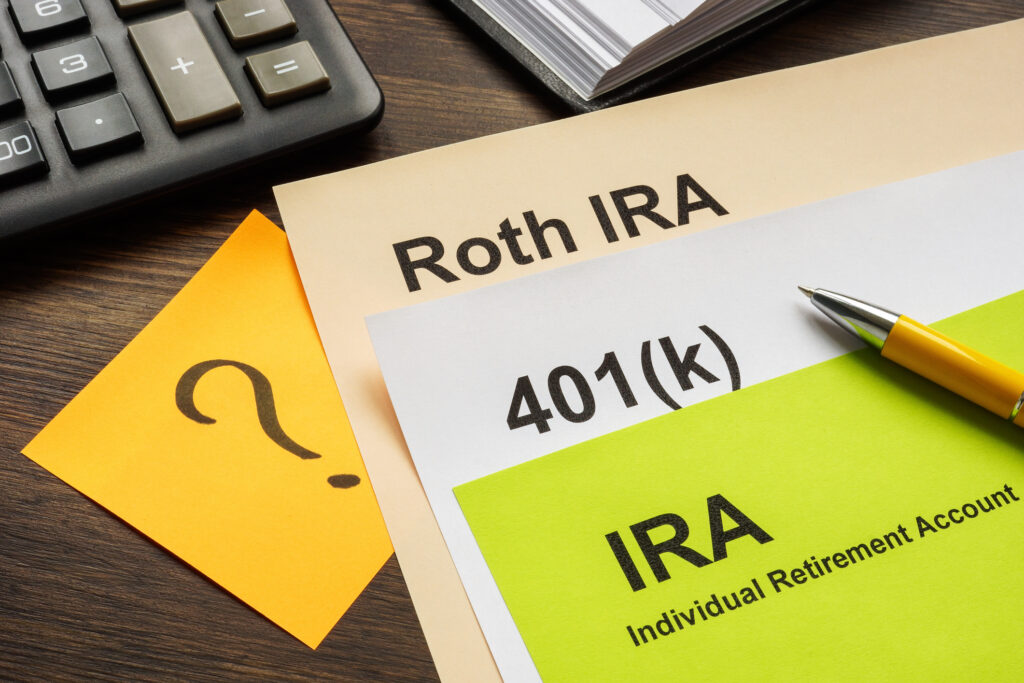
Retirement Distribution Planning May Help Minimize Your Overall Tax Expenses
You’ll likely need to develop a retirement distribution planning strategy to help you minimize your overall tax expenses and help fund a more comfortable retirement, even after you’ve saved diligently and invested wisely throughout your working years. Without a retirement distribution planning strategy, you may well end up paying more taxes, leaving you less to live on.
When we all finally do stop working, we’ll all face the same challenge of making sure that our assets last as long as possible. One way to accomplish this is to withdraw money from various investment and retirement accounts in a tax-efficient manner following a retirement distribution planning strategy.
Creating tax efficiency involves effectively structuring withdrawals from taxable accounts and distributions from tax-deferred and tax-free accounts to help minimize overall tax expenses. These calculations and the scenario analyses involved are commonly referred to as “retirement distribution planning.”
Retirement Distribution Planning Requires Coordination with Your Taxable Accounts
Retirement distribution planning can require a fair bit of analysis of the tax treatment of withdrawals from your taxable investment accounts and distributions from your various types of retirement account in order to minimize and optimize your tax exposures.
Taxable accounts − Dividends, interest and other investment income are generally taxable in the year earned, and capital gains are taxable when realized. The tax rates specific to you on your dividends, interest and capital gains may very well all be different.
Tax-deferred accounts – Dividends, interest income and capital gains are not taxed in IRAs, 401(k)s, 403(b)s and similar plans until withdrawn from an account, and withdrawals are generally subject to ordinary income tax.
Tax-free accounts − Dividends, interest income, capital gains and withdrawals from Roth IRAs or Roth 401(k)s, are generally not taxed.
Unfortunately, to make matters more complicated, potentially different taxable transactions you may consider or complete in a tax year can combine with the different tax treatments for the withdrawals and distributions from your various investment and retirement accounts and create meaningfully different tax expense scenarios for you.
It will be important for you to know the answers to these four questions to help you develop your retirement distribution planning strategy:
- When can you withdraw distributions?
As a general rule, you must leave your job (separate from service) or reach age 59 ½ to take distributions from most 401(k), 403(b), 457(b) and profit-sharing plans.
- When will you face a penalty for withdrawing distributions?
As a general rule, the IRS may apply a 10% penalty for taking early distributions from most retirement plans. Section 457(b) retirement plans carry an exception to this rule.
The IRS posts exceptions to early withdrawal penalties here.
- How will your distributions be taxed?
As a general rule, distributions are treated as taxable income. If you have a Roth IRA, you can take tax-free distributions from a Roth IRA if you’ve participated in the plan for at least five years and reached age 59 ½.
- What is the age you’re legally required to withdraw distributions?
As a general rule, most plans require that you start taking required minimum distributions (RMDs) by April 1 of the year following the calendar year you reach age 72, regardless of your employment. These distributions are based on your life expectancy and your account balance at the end of the previous year. RMDs are usually taxable, and there is a 50% penalty on the amount not taken if you fail to withdraw or take less than the required withdrawal amount.
Poor Retirement Distribution Planning Can Lead to Higher Overall Tax Expenses
Remember, taxes will likely be one of your biggest expenses in retirement, so developing a retirement distribution planning strategy to defer, minimize and optimize your taxes can help extend the life of your savings.
Most of us can benefit from looking ahead and developing a retirement distribution planning strategy for the most tax-efficient combination of taxable account withdrawals and retirement account distributions as possible.
It’s important to remember that the amounts and order of taxable account withdrawals and retirement account distributions that may be optimal in one year may be less than optimal in future years because of other taxable events that may occur in your life in future years, so you’ll want to review your retirement distribution planning strategy annually.
The bottom line here is that you need to be future-focused every year as you contemplate which accounts to use to fund your cash needs and be prepared to adjust your retirement planning distribution strategy in light of other taxable transactions that you might need to account for when filing and paying your taxes.
Retirement distribution planning is very much based upon your individual facts and circumstances. Following general rules-of-thumb here could unwittingly and unnecessarily increase your tax expenses.
If you would like help developing a retirement distribution planning strategy, we may be able to help.
